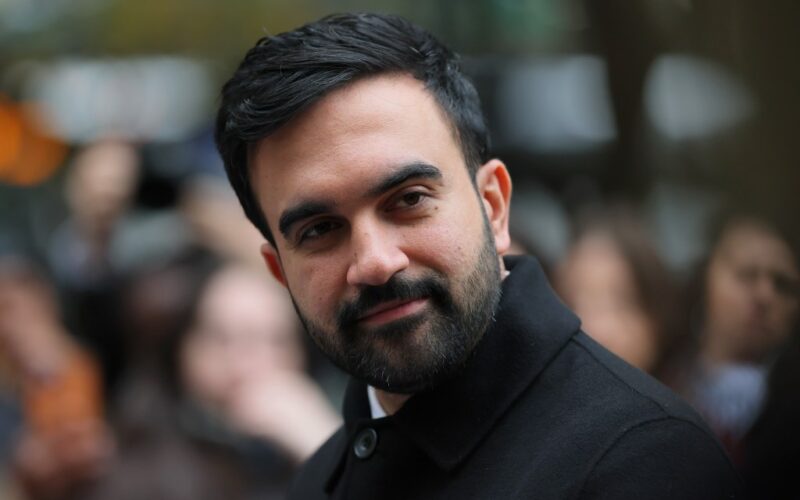Education barely registered in this year’s mayoral race, but the nation’s largest school system will now be the crucible for Zohran Mamdani’s progressive ideals. He inherits a vast bureaucracy, but his true challenge is not managing the status quo. It is to reimagine a system that fails too many of its children.
The public debate will try to drag him into political minefields such as mayoral control and gifted and talented programs. These are distractions compared to what most matters: Can he improve the quality of what happens every day in the 78,000 classrooms across the city?
To do so, the incoming mayor must focus on a single, powerful strategy: hands-on apprenticeship. This principle must be applied not just to students, but to our teachers first.
The new mayor arrives just as a state mandate for smaller class sizes forces the city to hire thousands of new teachers. This is either a crippling expense or a generational opportunity. The city’s current scramble leans toward crisis, risking a surge of under-prepared teachers from fast-track certification programs.
There is a better way: paid, year-long co-teaching residencies.
This is not a brief student-teaching assignment. It is a true apprenticeship. Aspiring teachers are paid as assistant teachers, fully integrated alongside an accomplished mentor. They study child development, but they also live it — learning to manage a classroom, develop deep relationships with students, and receive structured feedback.
Step into one of these classrooms, and the model’s power is clear. One teacher leads a small group in math while the co-teacher circulates, giving one-on-one help to a struggling child. A difficult concept is patiently explained without stalling the entire class.
Residencies provide an elegant solution to the class-size mandate. It immediately lowers the student-to-adult ratio while building a pipeline of superior educators. Paid residencies are already the norm in the city’s elite private schools and charter networks. States as diverse as California and Texas are investing heavily in this model because the results are clear: higher student achievement and teachers who don’t quit.
This apprenticeship approach can also help to realize Mamdani’s goal of universal child care. New York needs thousands of new early childhood educators. We know that socio-economic achievement gaps are evident before children turn 2; high-quality care is a moral and economic necessity.
But this vision will fail if it runs on poverty-level wages. The city must fund genuine pay parity for its early educators. This, combined with an apprenticeship model that provides a strong foundation in child development, will stop the revolving door that plagues early-care centers and finally treat the work of nurturing our youngest citizens with the dignity it demands.
With this foundation, children will enter kindergarten ready to learn. While the previous administration focused on literacy, the city’s early math curriculum remains a glaring weakness. It is often developmentally inappropriate, squashing interest in a subject that functions as a ruthless gatekeeper to high school and college.
Effective early math is not about worksheets; it is play-based, hands-on, and requires small groups. This is precisely what the two-teacher residency model is built to support.
This engaging hands-on, personal learning cannot be allowed to evaporate in secondary school, where so much of the curriculum is a joyless march toward standardized tests.
Albany’s recent move to rethink Regents exams allows the city to replace rigid “seat time” rules with innovation. The city’s “Future Ready” initiative, which connects 15,000 students across 135 schools to career-focused coursework, certifications, and college credit, is a blueprint.
Look at Design Works High School in Brooklyn. Ninth graders there, working with faculty from Pratt, were given the “Ice Cream Box Challenge.” Their task: engineer a super-insulated box from recycled materials to keep ice cream frozen without energy. Students didn’t just read about thermodynamics; they used miter saws and drill presses. They applied the principles of Passive House design and then presented their findings to a United Nations-affiliated forum.
This is not a vocational track for students who can’t make it academically. This is deep, engaging learning that connects school to global problems and real careers.
Education may not have defined his campaign, but how Mamdani runs the schools will define his administration. His success hinges on change that happens in classrooms, not keeping every interest group happy.
The true signals of progress will be a stable, well-prepared teaching force, a robust early-care system, and high school graduates who know how to do things. This is the path to a fairer future for New York.
Polakow-Suransky is the president of Bank Street College of Education and was formerly the senior deputy chancellor in the New York City Department of Education.








